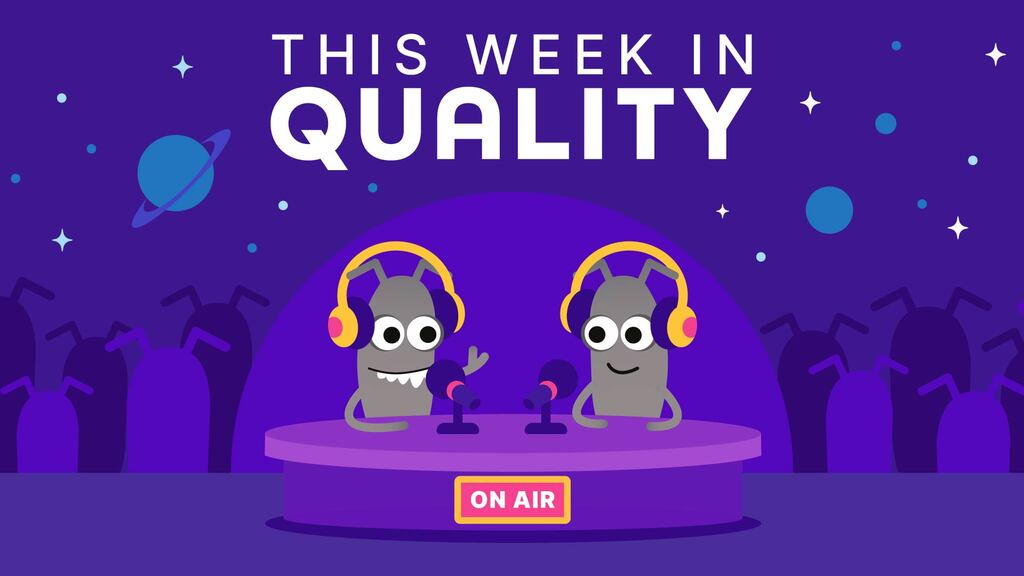What is end-to-end testing?
E2E testing checks if your app works from the user's perspective. You test complete workflows like signing up, making a purchase, or uploading files to verify everything works together in real-world scenarios.
Do you have any examples of end-to-end testing?
Let's look at testing an e-commerce checkout flow:
- Test the happy path: Sign into the site, search for a shirt, add it to cart, enter payment info, complete purchase, and verify you got the confirmation email
- Test error cases: Try checking out with a bad credit card and verify you see an error message
- Test edge cases: Buy the last item in stock and verify the "Out of Stock" message appears for the next customer
This is E2E testing because you're following a real user's path through the entire system, checking that everything works together properly.
Why is end-to-end testing important?
E2E testing catches problems users would actually experience. While unit tests might show individual pieces work, E2E testing proves the whole system functions in production. It's your safety net for catching critical bugs that could break core business processes.
What are the challenges with end-to-end testing?
E2E tests are often relatively fragile and slow.
They break when any part of your system changes, and running a full suite can take hours. You need stable test environments that match production, including external services and third-party integrations. Test data management gets messy fast, too—you're dealing with multiple user accounts, cleanup between tests, and keeping test data synchronized across systems.
They break when any part of your system changes, and running a full suite can take hours. You need stable test environments that match production, including external services and third-party integrations. Test data management gets messy fast, too—you're dealing with multiple user accounts, cleanup between tests, and keeping test data synchronized across systems.




